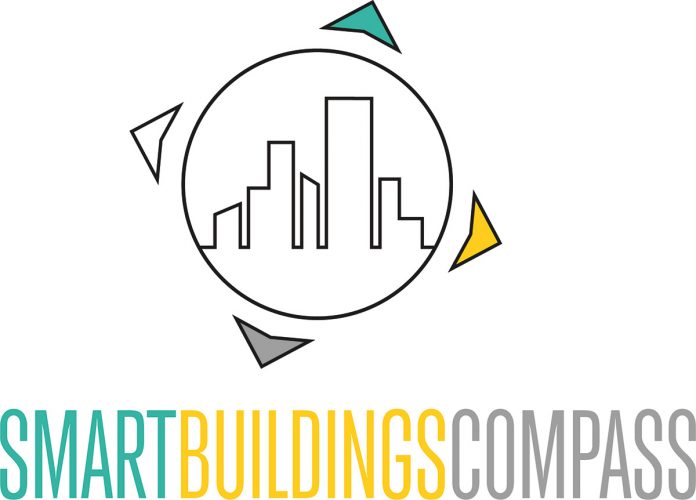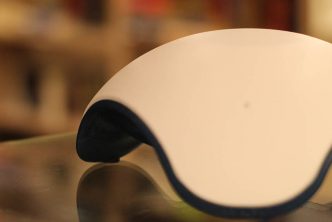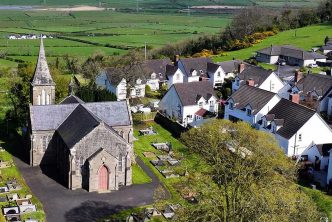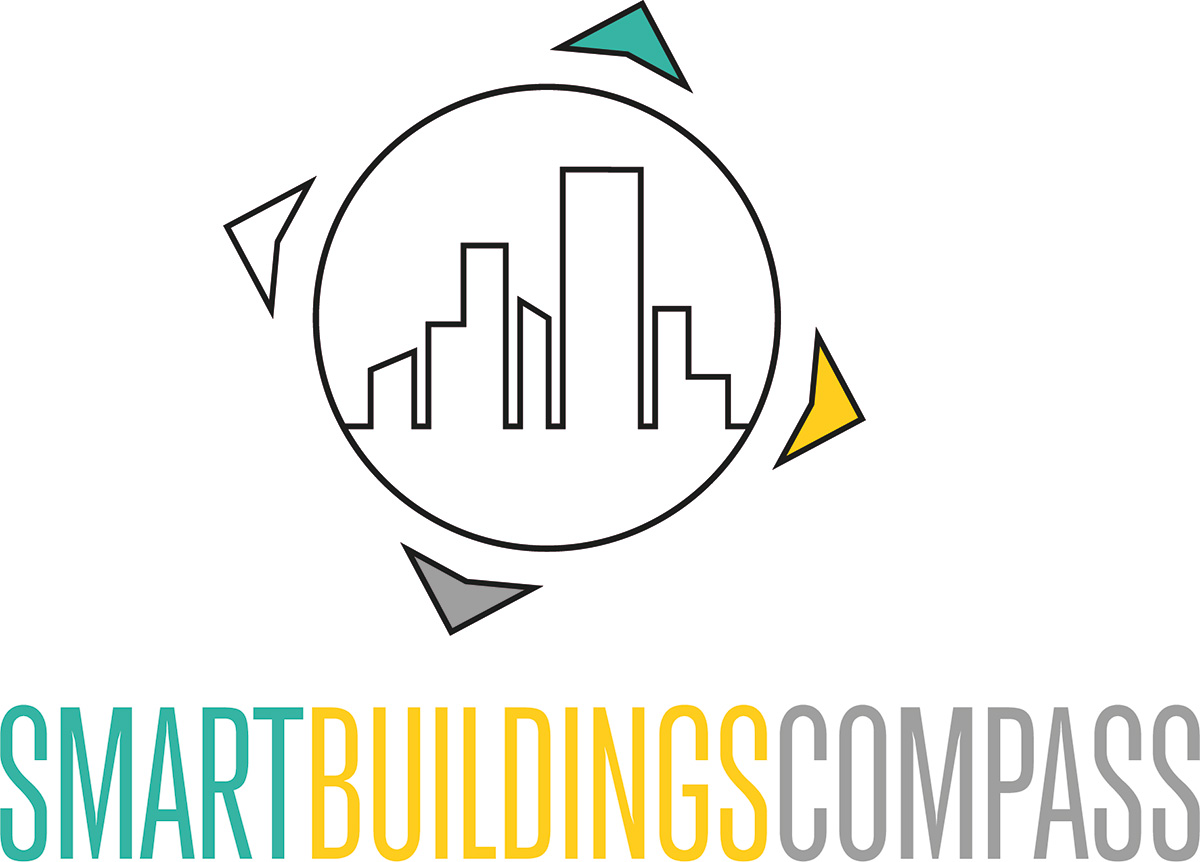Rarely has a press event been so well attended – by foreign journalists: It is a very rare event for the CEO of the Spanish family-owned group ROCA, owner of the long-established Laufen company, to hold a press conference in person. The Spanish media therefore rushed to the small Upper Austrian town of Gmunden, as Alberto Magrans, CEO of the international sanitary ware group since 2019, presented a world first: An electric kiln, which was developed in collaboration with the German kiln manufacturer Ceramic kiln construction was newly developed.
Energy transition & sustainability
It is at the heart of the Group’s long-term sustainability program, which is being rolled out worldwide from Gmunden. The initiator and driver of the e-furnace project is Technical Counsel Alfred Mittermair, Director of Research and Innovations for the entire LAUFEN Group. Thanks to his commitment and expertise and of the team in Gmunden the electric tunnel kiln was developed in Austria. It is therefore no coincidence that the new tunnel kiln was named “Alfred”.
Somewhat later, other drivers were added – namely the EU’s targets: By 2030, the European Union wants to reduce net greenhouse gas emissions by at least 55% compared to 1990 levels (“Fit for 55” package). The aim was therefore to convert the highly energy- and carbon-intensive production to sustainable energy sources. Around half of the energy consumed in production is used during firing. If production is to be decarbonized – i.e. made independent of natural gas – this can only be achieved by replacing the furnace.
The new electric tunnel oven named "Alfred" / Credits: Laufen
The new e-tunnel oven took four years to develop / Credits: Laufen
The development of the electric tunnel kiln proves that future-proof and economical production is possible without gas firing. Credits: Laufen
Four years and EUR 10 million were invested in the development, and the Upper Austrian pilot project is set to set a precedent: First, 5 European Roca plants will be converted, then the new production technology will be rolled out worldwide.
According to Magrans, the conversion of energy- and CO2-intensive production is not only a big step for the company, but also “a clear step forward for the entire industry.” The entire ceramics industry is facing the challenge of decarbonization – including the production of for instance tableware and technical ceramic solutions. The development of the electric tunnel kiln proves that future-proof and economical production is possible without gas firing.
“You can’t fight against physics”
The dismantling of the old furnace is associated with a great deal of emotion within the company, as Christian Schäfer, CEO of Laufen Austria AG, explains: “The gas-fired furnace had been an essential element of production for four decades. Many of the employees have been working in Laufen’s ceramic production for several generations. This enormous know-how is also the reason why the pilot project was launched in Gmunden.
This is because the changeover does not simply mean replacing the firing system, but rather converting the entire firing process. In ceramic production, the molds are formed from natural ingredients such as feldspar, clay and sand with the addition of water, slowly dried at a higher room temperature and then hardened in a firing process. What sounds simple is a science in its own right, explains CEO Schäfer: “The ambient temperature and humidity in the air determine the recipe. This is different in spring than in winter or summer.” The know-how and experience of our long-standing employees is needed to constantly adapt these recipes.
Many of the employees have been working in ceramics production for several generations. Credits: Laufen
Credits: Laufen
Credits: Laufen
Credits: Laufen
In ceramic production, the molds are formed from natural ingredients such as feldspar, clay and sand with the addition of water, slowly dried at a higher room temperature and then hardened in a firing process. Credits: Laufen
The ambient temperature and humidity in the air determine the recipe. It is different in spring than in winter or summer. Credits: Laufen
Long-term goal: Decarbonization
Compared to the base year 2018, the Roca Group has already reduced its CO2 emissions by 39% by 2022. According to Roca CEO Alberto Magrans, the aim is to have CO2-neutral production by 2045: “We have the long-term goal of decarbonizing our production” and have been working hard to find solutions. Within the Roca Group, this goal is the driver of a large number of changes in production. The heat from the tunnel kiln is reused in other areas of production through a heat exchanger. The materials and raw materials are fed into a cycle: “Everything is collected, nothing is wasted.” The new tunnel kiln can also be switched off at weekends – this was not possible with the gas-fired tunnel kiln.
The in-house photovoltaic system (1 MWp – i.e. 1 megawatt peak) at the Gmunden production facility can supply the entire firing plant with energy on good sunny days. On average, around 40% of energy consumption is produced by the PV system itself, with the rest coming from the grid: As the system is in operation 24 hours a day – even on days with little sunshine and at night – so-called Power Purchase Agreements (PPAs) supply the system with renewable energy. These PPAs are concluded with photovoltaic parks in order to guarantee production with renewable energy.
New development open to the market
A side note: Other players in the market are also set to benefit from the development of the electric kiln with the German medium-sized company Keramische Ofenbau. The registration to the European Patent Office is currently in progress, and the solution should also be a solution for competitors and other ceramic manufacturers – even though the Roca Group holds a 2/3 stake in the stove manufacturer. Such a complex new development on its own – i.e. without the backing of a large company – would be too high a risk for an SME: If the development had failed, it would have meant bankruptcy.
About Laufen & the Roca Group
The Roca Group, with brands such as Roca and Laufen, is a global leader in the development, manufacture and marketing of bathroom products for architecture, construction and interior design. The Roca family business was founded in Barcelona in 1917, and the Laufen site in Gmunden will celebrate its 100th anniversary in 2024. The global group is active in 170 countries with a total of 79 factories and 21,000 employees. More at laufen.co.at and rocagroup.com.






